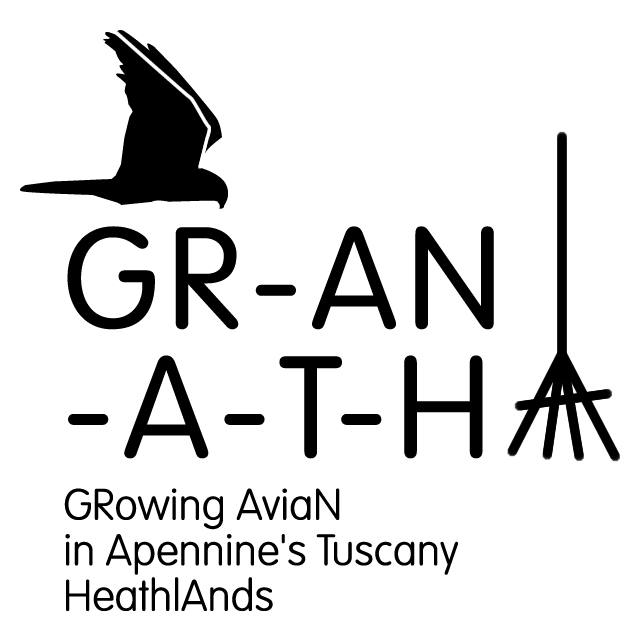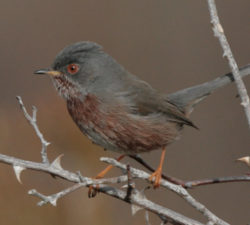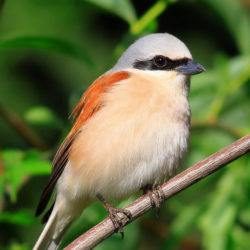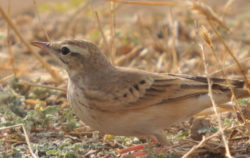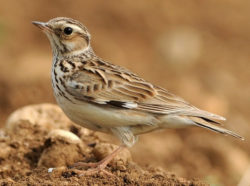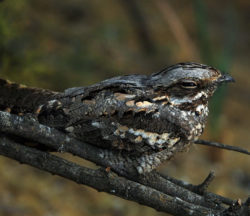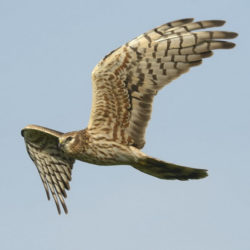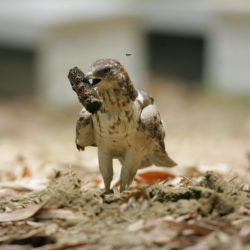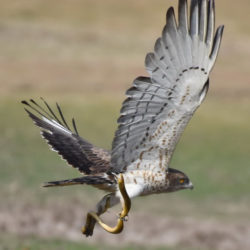Woodlark (Lullula arborea)
Species included in Annex I of the Birds Directive 147/2009/EEC, classified as “at lower risk” in the Italian Red List of breeding birds and included in Annex A of Regional Law of Tuscany (L.R. 56/2000) among the species that need specific conservation measures. Nesting and migratory species short/medium-range, partly sedentary. Typically ecotonal species, it nests in many types of open environments, even small or very small, provided they are inserted in a forest matrix or in any case in the presence of arboreal and shrubby vegetation. In Tuscany it is still considered relatively widespread, present in almost all the hilly and mountain sectors of the Region, where however, at least in the most marginal contexts, where the spread of the forest has been greater than the open areas, there is a decrease in the long term of the breeding population. In the project area it is still quite widespread, although quite localized, present in the most diversified areas, such as the heathlands and the remaining agricultural areas of mid-altitude and in the summit pastures, always in ecotonal situations. Although there is no updated data on the size of the breeding population, a realistic estimate of the population could be 80-100 couples. The Woodlark, among all the target species, is the one that enjoys the best state of conservation, and in fact the species is increasing nationally, while it is declining at the European level. Although the conservation of the species does not give particular attention at the moment, in the absence of specific interventions, the current trend of disappearance of suitable environments due to natural afforestation processes risks, in the medium-long term to compromise the state of conservation, as recently emerged in similar and neighboring Apennines.
